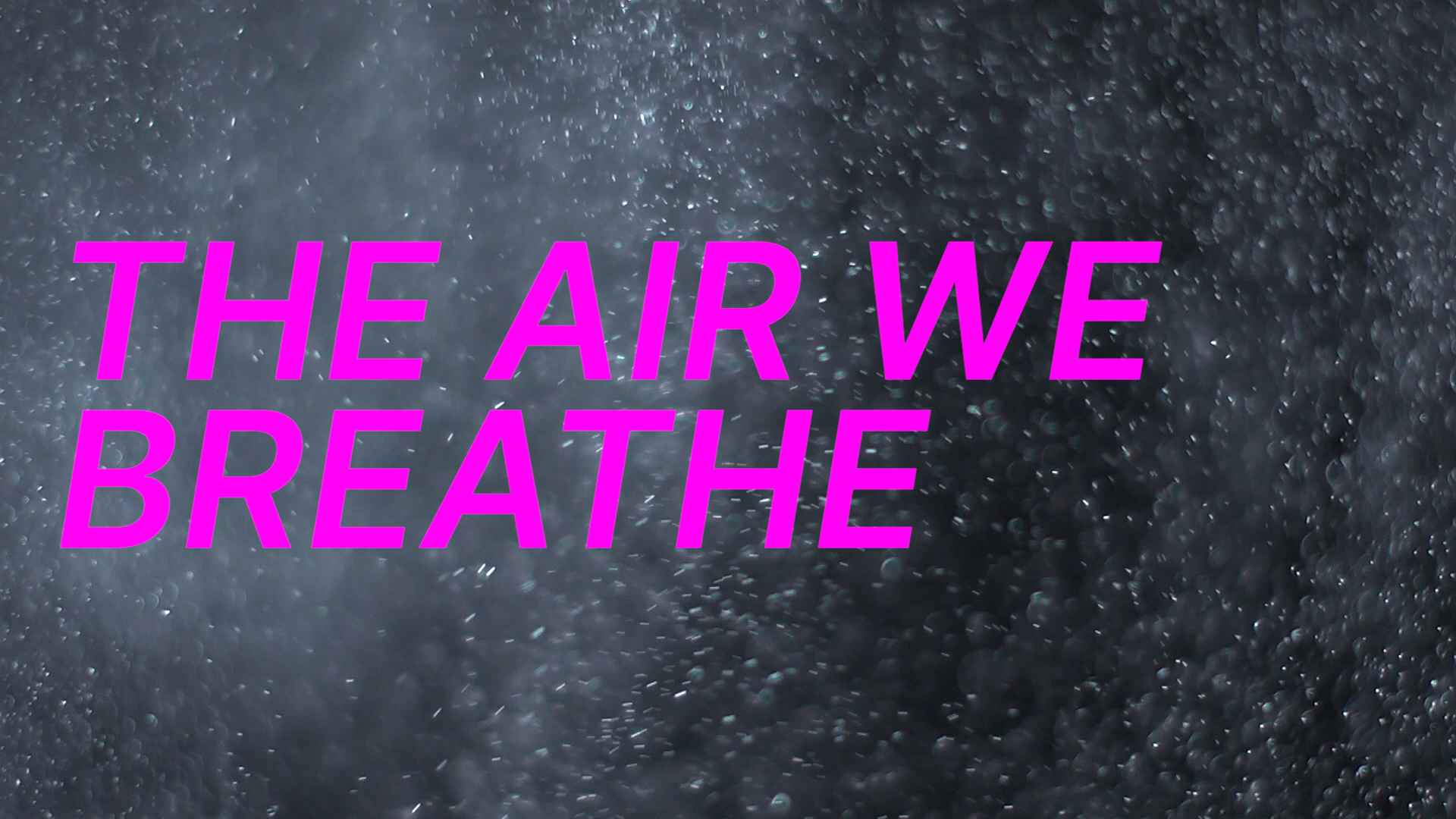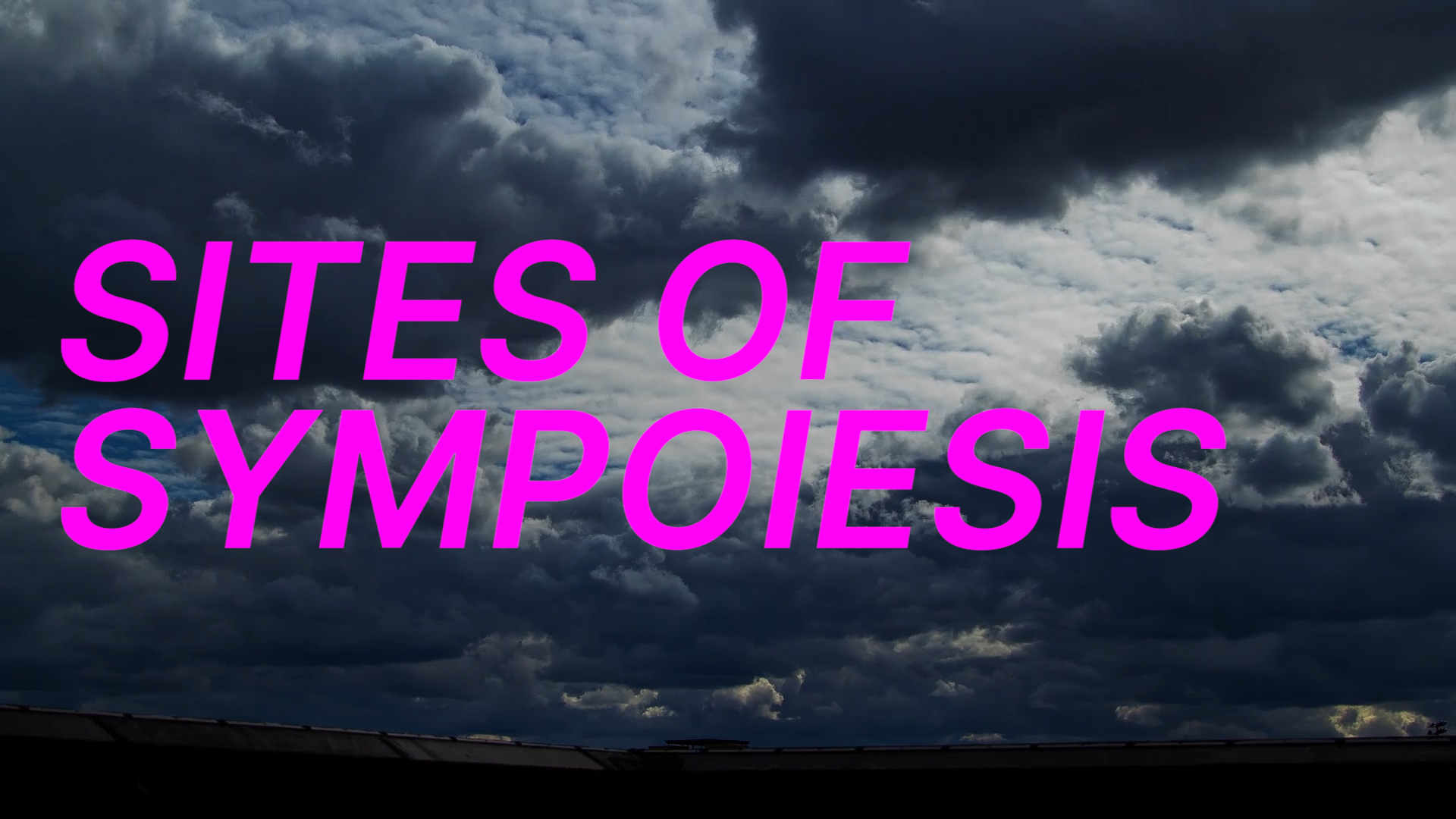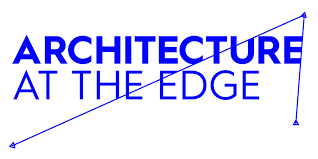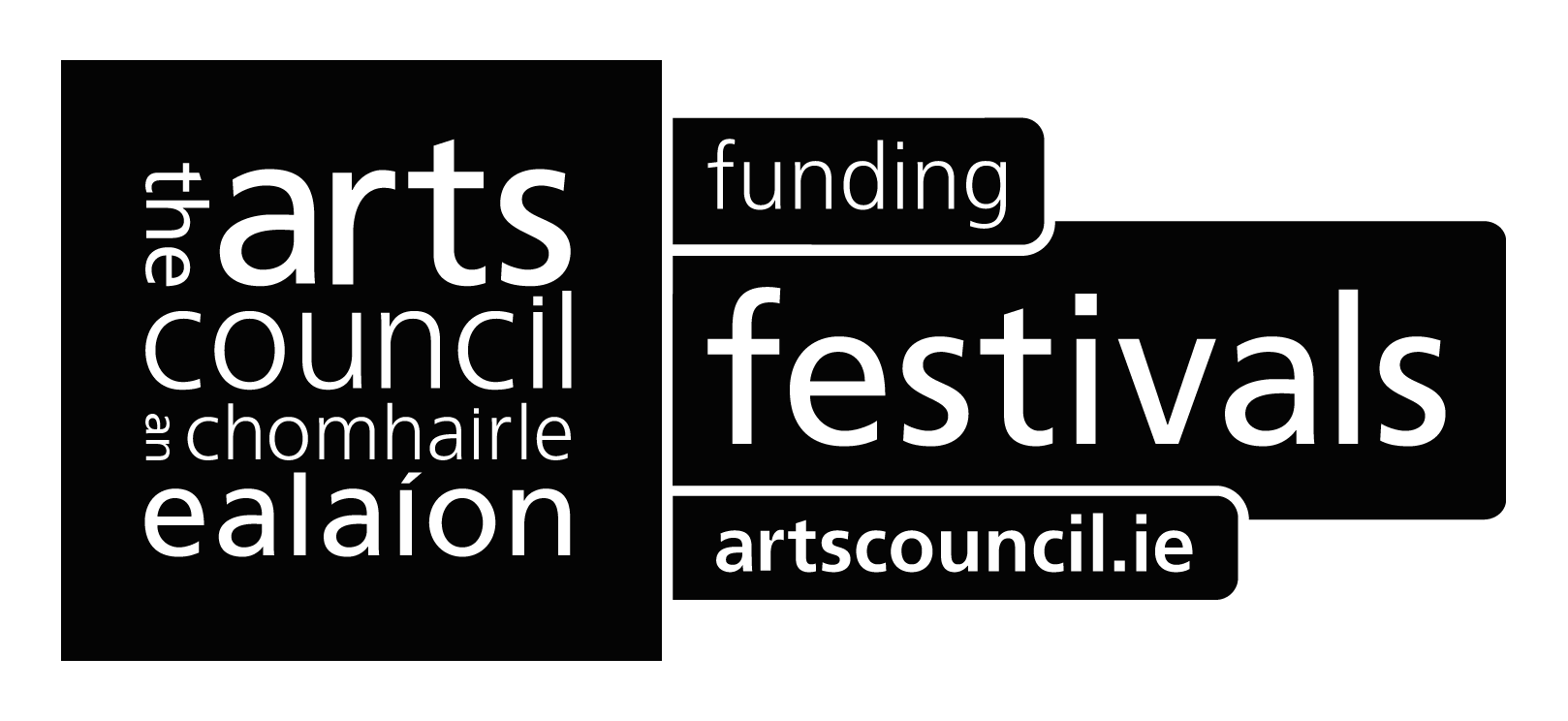Aer Anála
for Architecture at the Edge, Galway, 2020 & 2021
In October 2020 a place of their own were selected as artists for one of the Boundaries Commissions at the Architecture at the Edge Festival in Galway, Ireland. Through a collaboration with Mace Head Atmosheric Research Station, we developed a particpatory film-making workshop, an audio-visual film, and talks.
In October 2021, we installed a temporary sculpture in Galway - Aer Anála (the air we breathe) - and hosted a performance walk and related talks as part of this years festival.


There is no more public a realm than the air we breathe, as Covid-19 has challengingly demonstrated, establishing new social and spatial boundaries. Yet the air we breathe can offer an alternative imaginary of sympoesis (or of ‘making-with’) that resists such oppressive boundaries and limitations.
It is estimated that humans breathe in between 100,000 and 1 million microbes each day, around 1000 different species of bacteria and fungi. While the virus, itself sitting at the boundary between life and death, brings inequality and loss of life, the air that we share and our breath also lead us into ongoing, everyday patterns and processes of coexistence and co-production - a sympoiesis, or what Lynn Marguilis called the ‘intimacy of strangers’. We therefore suggest that, for a post-covid 19 world, and in the context of global climate crisis, we requier new imaginaries of public space - of shared spaces made through (and for) sympoiesis.



